Calculation of expanded clay concrete blocks
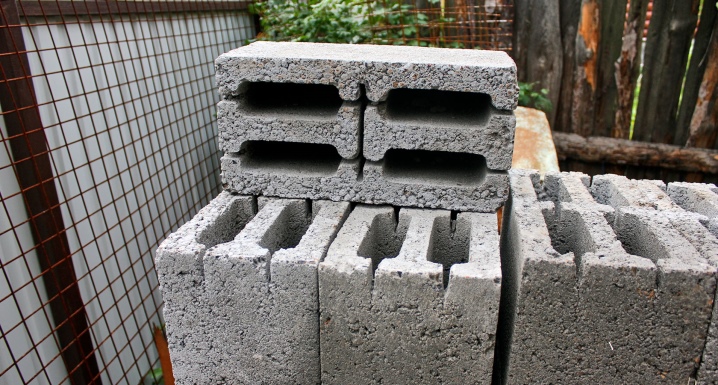
Expanded clay block - along with the standard foam or aerated block - is a durable, fairly easy-to-use raw material that can be used as a support material. Its capabilities will be enough for the load-bearing walls to reliably hold the attic and the roof of the building.
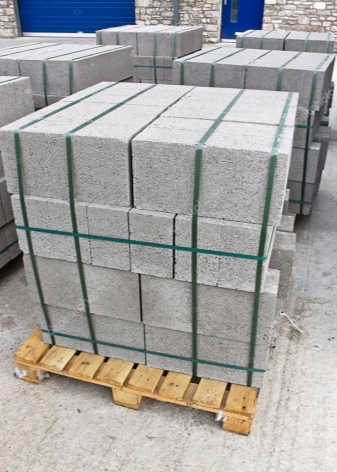
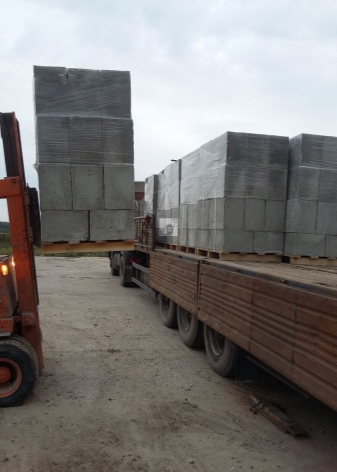
Why do you need to know the quantity?
Expanded clay concrete blocks, like other types of building bricks and rectangular stones, obtained from highly porous and low-porous materials, are calculated in a specific value, namely: the number of pieces per cubic meter in a stack, the number of units per square meter of the wall laid out from them.
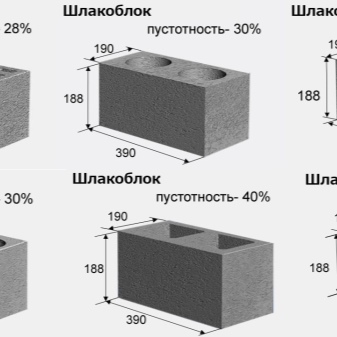
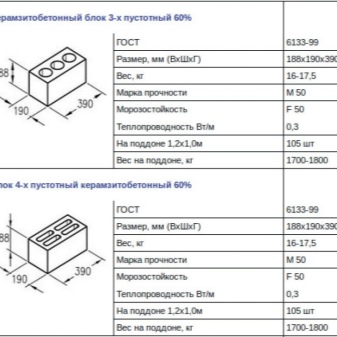
Cubic metering is used by companies for which it is important not only the number of blocks per cubic meter, but also the weight of such a "cube". Due to the knowledge of the mass of one or several stacks, the intermediary company selling this building material will send a truck (or several trucks) with the required carrying capacity, loaded with expanded clay blocks, to the client's address. In particular, the company will estimate at which gas station - along the route - the driver will fill the required amount of gasoline into the tank in order to deliver the foam blocks to the client at the facility without delay (at the specified time).
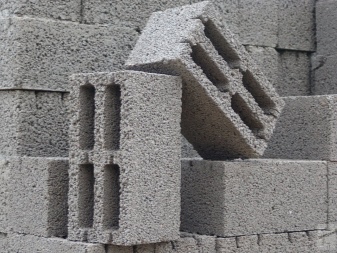
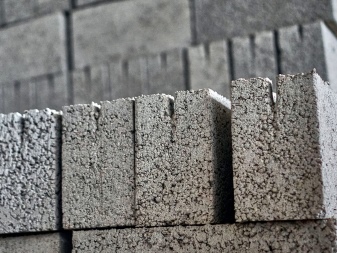
The end customer, in turn, is impractical to purchase extra expanded clay blocks. Even taking into account the small percentage of possible expanded clay, the consumer calculates the number of blocks required for laying the walls according to the project of the house under construction, avoiding unnecessary copies. Having calculated the total quantity, the client will order exactly as many pallets (or stacks) as would be enough for him to cover the needs for the construction of walls - taking into account the openings for windows and doors, the armored belt of the building.
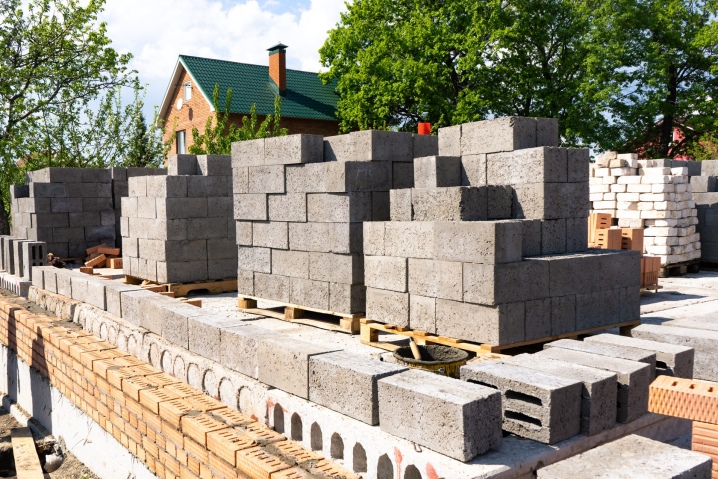
How many blocks are there in 1 m3 and 1 m2?
As an example - blocks with dimensions of 20x20x40 cm.In a pack (stack) there are 63 of them. It is necessary to take into account building blocks rounded up to the nearest integer value, since no delivery man will cut one of them. As a rule, we get a stack that is not much larger than 1 cubic meter.
The calculation formula is simple - the multiplied length, width and height of one block are converted into metric values. Dividing a cubic meter by the resulting fractional value - also in cubic meters - we get the desired value.
Often the blocks are counted per piece - for retail customers who, for example, need a small amount to lay out a small staircase when entering a building.
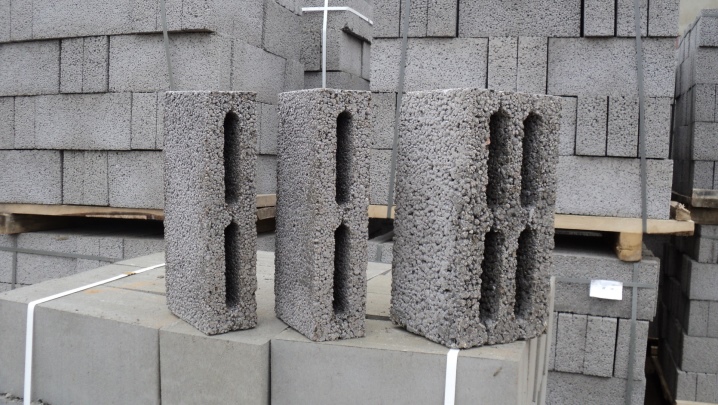
A wall with a thickness of one block, laid longitudinally (not transversely), is calculated by quadrature in the following way: the length of the block is multiplied by the height - and the square meter is divided by the obtained value. This is how the number of blocks per square meter is calculated. Despite the cement-glue joint, which is usually used to connect the blocks (so that they do not scatter from side loads on the wall), the correction is unlikely to be more than 1 ... 2%. So, for all the same expanded clay blocks measuring 20 * 20 * 40 cm, a square meter of a wall will require no more than 13 copies of this masonry brick. Taking into account the fastening seams, this number can easily be reduced to 11–12, however, it is possible that one or more blocks are sawn under a specific perimeter (length in length) of the walls erected during the construction process.

How many pieces are in a pallet?
Depending on the specific pallet, the expanded clay block is stacked so that the pallet does not bend or break under its weight.The margin of safety in the pallet (Euro- or FIN-pallet) makes it possible to withstand the shaking and vibration of a particular stack when the truck passes part of the route along the road of not the best quality of coverage.
The dimensions, for example, of a Euro pallet are chosen so that more than 1 m3 cannot be transported on one such stand. When a client indicates to the supplier, for example, a dozen pallets, it is considered that the truck driver will deliver exactly 10 m3. A block measuring 39 * 19 * 19 cm is stacked on a pallet so that no more than 72 pieces fit in a cubic meter.
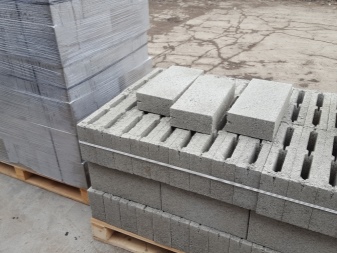
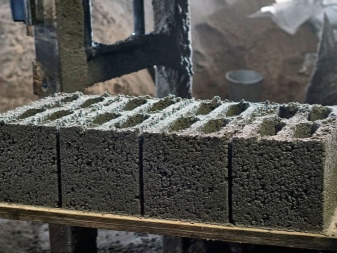
Pallets with blocks are allowed to be stacked on top of each other, but, as a rule, in height - no more than two such stacks.
Since the hardwood, from which the pallet itself is made, is capable of punching a foam block on a large bump, to reduce the load from the pallet of the overlying stack, spacers limiting point pressure are additionally placed on the upper tier in the lower tier, for example, from an unedged board of any kind. In addition to the loads during transportation, the pallet should not crumble under the building blocks when lifting, transferring from the truck platform to the construction site using a truck crane. If something like that happened, then a significant number - more than half - of construction blocks fell into disrepair.
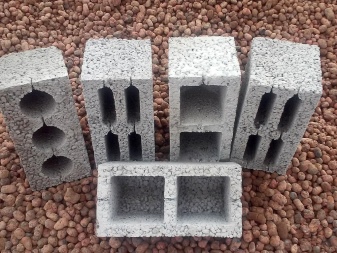

Calculation of consumption per cube when laying walls
For quick and efficient construction, in order to prevent unnecessary downtime during the execution of work, corrections for cement-adhesive joints between blocks are applied. For example, with dimensions of 39 * 19 * 19 cm, the threshold value is 40 * 20 * 20. The seam is not always so wide - however, it is not recommended to put more than a centimeter in thickness. The fact is that the excess cement mortar will simply crawl out. In masonry made of standard bricks, in which there is no porous structure and large voids, rare craftsmen put a seam of more than 1.5 cm. Today, a seam of a centimeter thickness is the standard for laying from almost any brick and building stone.

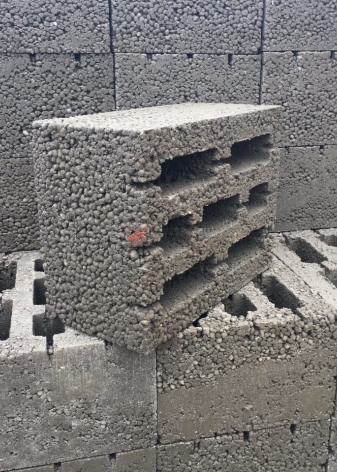
This means that the same building block with dimensions of 39 * 19 * 19 cm in a stack will take a cubic meter in the amount of 72 copies. In the masonry of the wall, it will be required for 9 pcs. smaller. The task of the designer is to calculate not only the number of foam blocks, but also the number of bags of cement (or cement-adhesive composition, for example, from the Toiler company), spent on the construction of walls for the same project.
Conclusion
By recalculating the real number of building blocks for a particular building, the owner of the future house will reduce the possible costs of the entire construction. Finished projects provide for quick recalculation using a special application, where the characteristics of building blocks are entered.
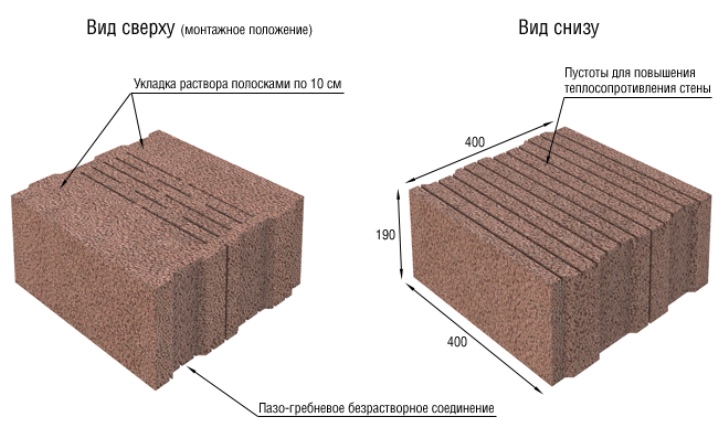













The comment was sent successfully.